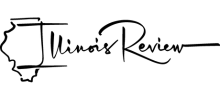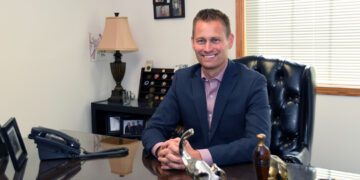If you liked the Broadway Blackout, stay tuned for the sequels.Renewable energy mandates are going to make managing the grid more difficult, writes James Meigs:
Utilities need to supply their customers with the precise amount of power demanded at any moment. If the utility generates too much electricity, equipment can be damaged; too little, and consumers face brownouts and blackouts. Over decades, utilities have developed elaborate methods to manage supply and demand, often by buying extra power from neighboring utilities or by selling off the excess in times of oversupply. […]
[T]he coming wave of alternative-energy sources will make such challenges exponentially harder. Today, most power plants exist fairly close to the customers who need electricity. But no one is proposing paving Central Park with solar panels or installing massive wind farms in Westchester County. The solar and wind facilities that Cuomo envisions powering the state’s future will lie hundreds of miles from the areas of highest demand—or even offshore. Transmitting all that power across long distances is a huge challenge, especially since wind and solar don’t produce electricity according to when consumers demand it. They generate power only when the weather permits.
In California and other regions with large solar energy capacities, utilities often cope with too much power on sunny afternoons. In some cases, California pays nearby states to take unneeded power off its hands. But solar energy production wanes in the early evening, just as people are coming home and turning on their air conditioners and appliances. That means that these systems suddenly need more power from conventional sources, such as gas-fired power plants. […] Utilities must struggle, not just to generate additional power, but also to juggle rapid shifts between different power sources, many located hundreds of miles apart. All this puts strain on a distribution network never designed for such electrical gymnastics.
The growth in home-rooftop solar installations complicates matters further. Unlike power plants, these “distributed sources” feed rapidly varying amounts of electricity back into the grid from thousands of locations. According to a Department of Energy study, “managing a grid with increasing amounts of customer-sited variable generation increases wear and tear on the distribution equipment required to maintain voltage and frequency within acceptable limits and to manage excessive heating of transformers during reverse power flow.” In other words, some of the same issues that have caused previous blackouts—equipment overheating during periods of peak demand—are likely to get worse as solar power expands.
[James B. Meigs, “Dark Days Ahead,” City Journal, July 15]
Facebook has greatly reduced the distribution of our stories in our readers' newsfeeds and is instead promoting mainstream media sources. When you share to your friends, however, you greatly help distribute our content. Please take a moment and consider sharing this article with your friends and family. Thank you.–







